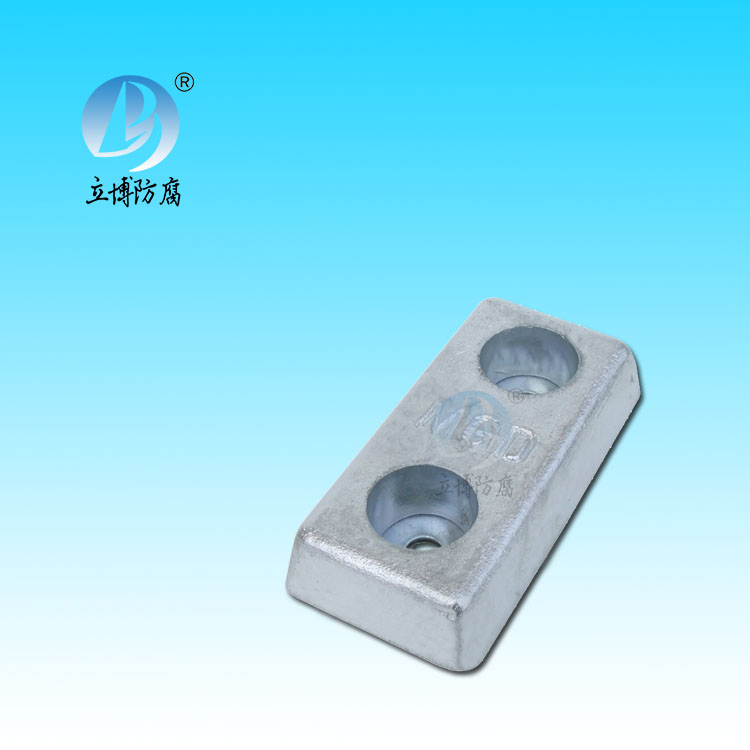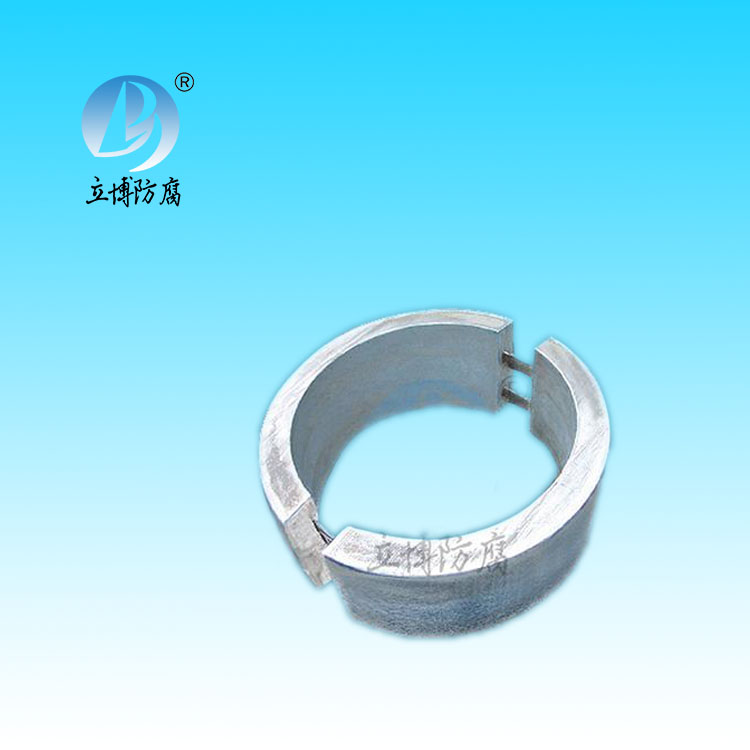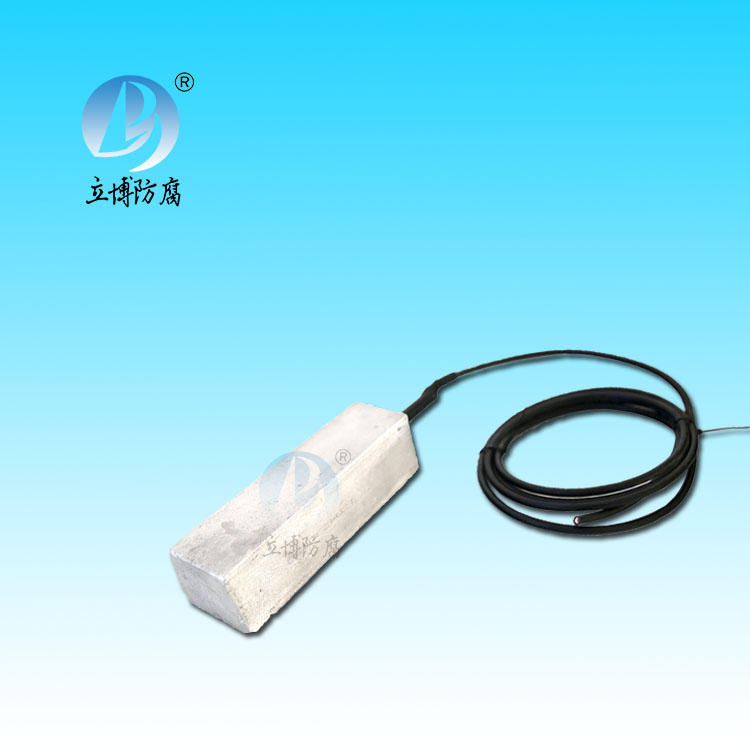News
News
- What is a sacrificial anode
- Basic requirements for reference...
- What does the reference electrode do...
- Why are zinc blocks attached to the ...
- What is the principle of impressed...
- What material does metal structure...
Contact
Phone:18739187123
hotline:0391-7588881
E-mail:970512272@qq.com
Address:Wuzhi County, Jiaozuo City, China
Company News
What are the types and functions of elements in magnesium anode?
- Author:Libo
- Source:wwww.godsgracesalon.com
- Date:2021-06-11
- Click:0
(1) Aluminum: Aluminum is the most commonly used alloy element in magnesium anode, and it is also one of the main elements in die casting magnesium anode. The solid solubility of aluminum in solid magnesium is relatively high, and its limit solubility is 12.7%. However, with the decreasing of temperature, the solid solubility decreases rapidly, and decreases to about 2.0% at room temperature. The casting properties and strength of the alloy can be improved obviously by using aluminum. Satisfactory strength and toughness can be obtained when the mass address fraction of aluminum reaches 6%. However, the thermal stability of Mg, 7Al,: precipitated on the grain boundary is poor, which will reduce the creep resistance of the alloy. The mass fraction of Aluminum in cast magnesium anodes can reach 7%-9%, while the mass fraction of Aluminum in deformed magnesium anodes is generally controlled at 3%-5%.
(2) Zinc: zinc is one of the commonly used alloy elements in magnesium anode, often used with aluminum or wrong, needle or rare earth elements. The solid solubility of zinc in magnesium is about 6.2%, which decreases significantly with decreasing temperature. The creep resistance of castings can be improved by zinc, but (7.n) & GT; In principle, the mass address fraction of zinc should not exceed 2.0%.
(3) Calcium. Calcium can refine the microstructure of the alloy, and adding calcium to the alloy can improve the creep resistance of the alloy. It is a cheap and effective method to improve the creep resistance of the alloy, mainly because the A12Ca replaces Mg TA 12 and improves the thermal stability of the alloy. In addition, calcium can be used as a deoxidizer in magnesium anode melting and subsequent heat treatment, and can improve the rolling property of the sheet, but its mass fraction over 0.3% will damage the weldability of the alloy.
(4) file: file is the only element that can reduce the density of magnesium anode, its solid solubility in magnesium can be up to 5.5%, and the solid solubility of file still remains large at room temperature. The second phase formed by the file in the magnesium anode is a body centered cubic structure, which makes either a+ P phase or P phase appear in the magnesium anode forgings. Adding files to the alloy can reduce the strength, but increase the toughness, and the elastic constant is also improved to a certain extent.
(5) Manganese: Manganese can improve the tensile strength of magnesium anode, but reduce the plasticity. The purpose of adding 1.5%-2.5% (mass fraction) manganese to the magnesium anode is to improve the stress corrosion resistance of the alloy, thus improving the corrosion resistance and weldability of the alloy. Manganese is not usually used alone and is often added with other elements to the magnesium anode. For example, adding manganese to magnesium anode containing aluminum can form MnA1, MnAI6 or MnAI compound, in addition can form MgFeMn compound, thus reducing the solid solubility of iron in magnesium anode, improve the heat resistance of magnesium anode.
(6) Silicon: silicon element can be used to improve the thermal stability and creep resistance of alloy, enhance the fluidity of molten alloy, when the presence of iron, can make the corrosion resistance of alloy weakened. So far, there are few magnesium anodes with silicon added, only AS41 and AS21.
(7) Error: Error can refine the grain, reduce the tendency of hot cracking, improve the mechanical properties and heat resistance of the alloy, adding 0.5% to 0.8%(mass address fraction) error in magnesium anode, the refining effect is the best. Error can be added to magnesium anode containing zinc, needle, rare earth and other elements, play a good refining role; This is because the errors can form stable compounds with aluminum or manganese, which significantly inhibits the refining effect of errors. Only when the errors are solid dissolved in the magnesium matrix can they play the refining effect of W,W, grains. In addition, errors can react with fe, si, C, N, O and H in magnesium anodic melt to form stable compounds, and the refining effect of errors will be significantly weakened.
(8) Rare earth elements: Rare earth elements can significantly improve the heat resistance of magnesium anode, significantly improve the alloy's high temperature strength and creep resistance, and can refine the grain, reduce micro-loose and hot cracking tendency, improve the casting performance and weldability, generally no stress corrosion tendency, its corrosion resistance is no less than other magnesium anode. The common rare earth elements such as mortar (Ce), La (La), hinge (Nd), error (Pr), and hinge (Y), such as temper and hinge, can refine the grain and improve the toughness of the alloy by changing the deformation mechanism (twinning and slippage).
(9) Other elements: the solid solubility of Be is very small, its oxidation resistance is strong, in the process of magnesium anode melting can reduce the oxidation and burning loss of magnesium, its side effect is to cause coarse grain. Copper can improve the high temperature strength of the alloy, but when its mass fraction exceeds 0.05%, it will affect the corrosion resistance of the alloy. The solid solubility of fe, CU, Ni and drill in magnesium is very small, but they are all harmful elements in the process of magnesium anode melting. When the mass address fraction of FE, Ni or drill is greater than 0.005%, the corrosion resistance of magnesium anode will be greatly reduced.







 客服QQ
客服QQ